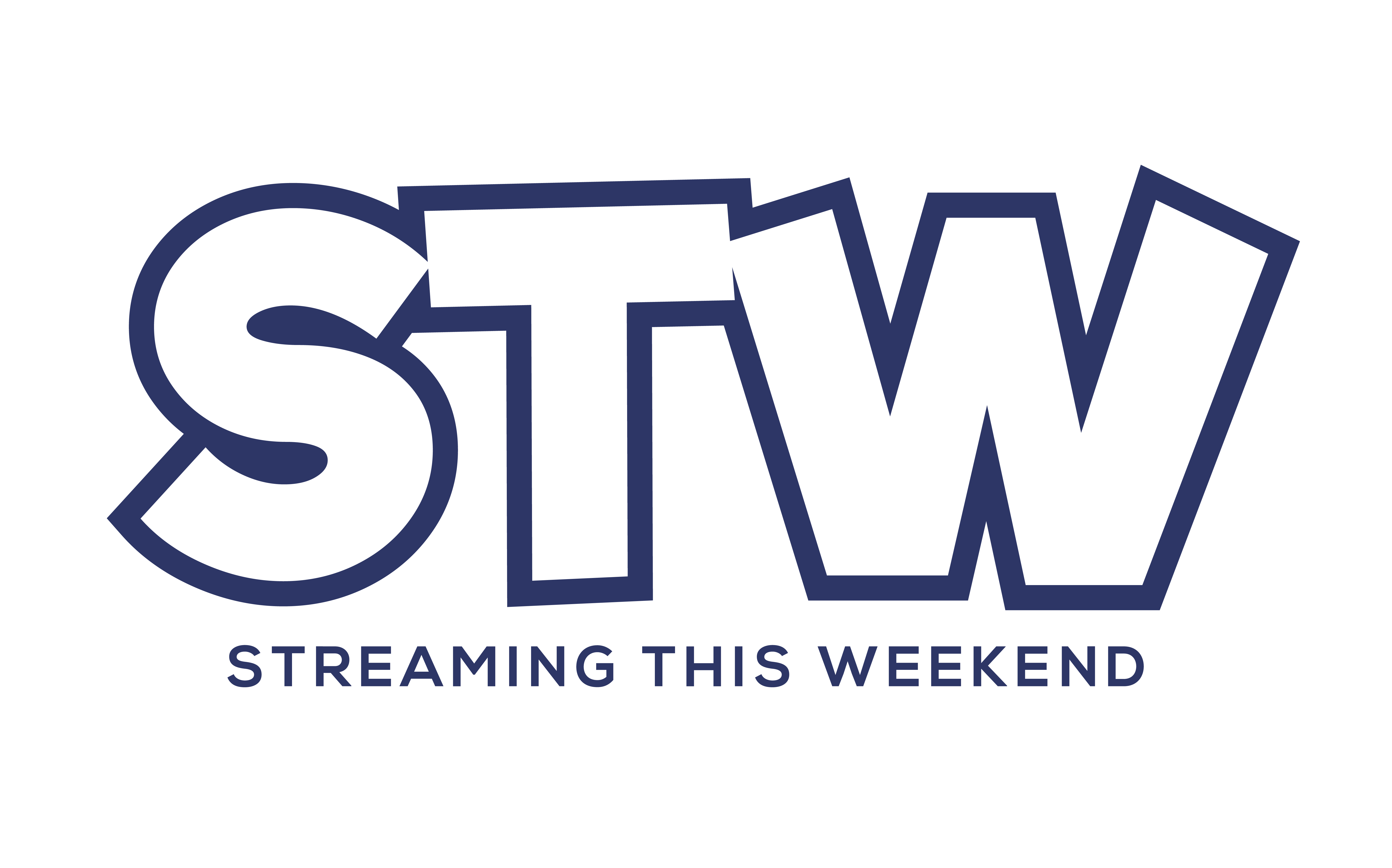We examine selecting the best microphones for Twitch streaming.
Without a doubt, one of the most important pieces of gear you need to get right is your audio, particularly your mic. We’ve already touched on this topic in other articles. Suffice it to say, people are far less forgiving of bad audio than they are with other aspects of your stream.
But making your voice sound buttery smooth when going live on Twitch is a journey in itself and it all starts with mic selection.
What types of mics are there?
Microphones are broadly categorized in two ways: one is by their structure and the other is their connectivity.
In terms of mechanics, mics are split into dynamic and condenser types. There are a lot of nuances when talking broadly about their differences. When it comes to streaming, though, it’s all quite simple. A condenser mic will require a quieter environment whereas a dynamic one will give you more background noise rejection. Essentially, your choice here primarily depends on whether you’ve got other sounds playing about or not.
Once that decision has been made, your next port of call is connectivity. Here, you need to choose between USB and XLR. When starting out as a Twitch streamer, the choice is pretty clear. A USB mic is a more cost-effective purchase since you likely won’t have an interface to connect an XLR mic. USB mics are a more all-in-one option that can sound pretty good without breaking the bank.
What to look for in a USB mic?
Unless you’re buying from an unknown Amazon brand, choosing a USB mic for Twitch boils down to features. The Blue Yeti doesn’t have a ton of bells and whistles but it’s a condenser mic that has proven its mettle for many years now. It’s got a solid construction and the audio results will serve you well for your first few years as a streamer.
On the other hand, you’ve got the Elgato Wave series that comes with a virtual mixer software, giving you more ways to tweak your sound. However, its general output doesn’t hold a candle to the Yeti.
Overall, you can’t go entirely wrong in the category so long as you’re able to make a few basic tweaks that essentially keep your sound from peaking.
When to switch to an XLR mic on Twitch?
XLR mics are an investment and, thus, you shouldn’t just dive in willy-nilly, unless you’ve got money to spare and then some. Good mics in this category cost as much as solid USB mics and also require the purchase of a mixer or audio interface.
The main advantage is that you’ve got more choices. There are several different brands that make amazing dynamic and condenser mics. USB mics, on the other hand, are typically stuck as being condensers with few good dynamic options.
This is why you should only move up to this mic setup if you know that streaming is going to be at the least a long-term hobby.
Mixer vs. audio interface on Twitch
As mentioned above, when moving onto an XLR mic, you’ll need a device to connect it to your computer, namely a mixer or an audio interface.
The former is a bit like those consoles you see in music studios, the ones with the sliders (though not quite as big). The latter are simpler boxes with a couple of knobs for gain and XLR or audio jack ports.
The difference between the two should be quite obvious but it essentially boils down to how you want to control your sound mix. With a mixer, it’s all primarily handled externally, giving you a physical way to adjust volumes for individual tracks on the fly. With an interface, on the other hand, you’ll likely need to pair it with a virtual mixer such as VoiceMeeter Banana. The setup is a bit more convoluted but you’ll save money as audio interfaces are usually cheaper than physical mixers.
How much does the price of my mic matter on Twitch?
There is no doubt that more expensive mics are of higher quality and are built to last. However, if you’re thinking the Shure SM7b is going to make you sound better, then we’ve got a bridge to sell you. A mic is only as good as your technique on Twitch. If you’re not using it the way it was meant to be used, coupled with a well-thought-out EQ balance, then even something pricey can sound like it came out of the bargain bin.
We can’t always try before we buy so your best bet is to try different types of mics at lower price points to see which ones fit your voice. After that you’ve settled on a type of mic, you can start considering whether a more expensive one is in your future.
Twitch Partner: 5 Tips And Tricks To Rocket Past Affiliate

